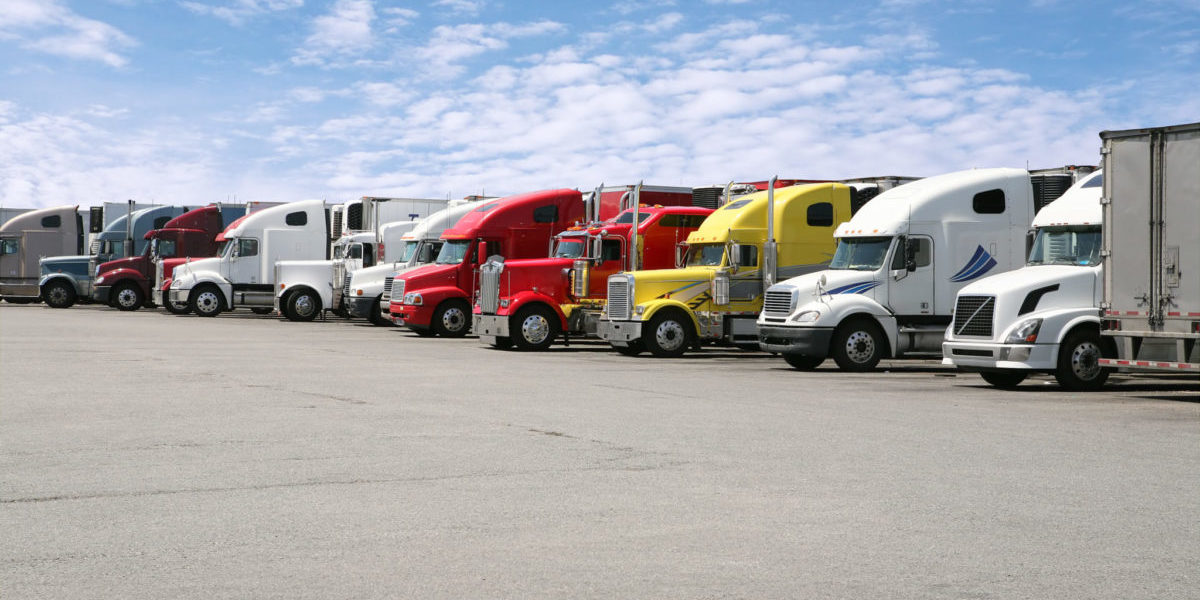A sound transportation system is among the things that sit at the core of a trading country like Canada. The distances between mines, forests, and farms from urban centers make efficient transport systems essential to the economy.
This is what supports the movement of manufactured goods through international and domestic markets.
For manufacturers looking to transport goods in Canada, here are the main channels.
Motor Carrier
Trucks are used in different ways. Smaller trucks are used for making deliveries. Up North, larger trucks transport petroleum, logs, industrial products, and consumer products.
The biggest benefit of road transportation is its flexibility. Trucks can transverse all areas as long as there is a road, street, or highway. For food products, all that is required is a reliable trucking company, company-owned trucks, and a reliable bulk food packaging supplier.
Water Transport
Water transport is ideal for moving bulk at a relatively low cost per tonne. These include coal, ore, gravel, salt, and grain.
Water transportation systems include:
- Coastal transportation;
- Ocean transportation;
- Inland water transportation.
Ocean transport is particularly important because Canada exports a third of its products to overseas customers. This is done via large ocean vessels that go through the countries’ major ports.
American and Canadian lake carriers operate in canals, inland waterways, and on the Great Lakes supply goods to internal regions of Canada.
Rail Transportation
Just like water transport, rail is also preferred by bulk goods transporters. These include company’s transporting lumber, chemicals, ore, coal, grain, and so on.
Rail is used to move containers and other merchandise freight.
The country’s chief mainline rail transportation carriers include Canadian Pacific (CP) and Canadian National (CN). Rail is a great choice of transportation because containers can be switched between trains, ships, and trucks.
The other advantage is cost. Trains can transport large volumes of bulk goods over significantly long distances at very affordable costs.
Air Transport
When speed is important, or when there is a need to move goods to areas with no road or rail system, air transport can be considered.
The mid 80s saw massive deregulation of the air transport industry in the country. What this did was favour the domination of large companies like Air Canada.
Later on, in the mid-’90s, the Open Skies agreement between Canada and the US saw a further explosion of trans-border services.
All these changes and adjustments make air transportation what it is today.
Pipeline Transportation
Pipelines are the invisible carriers for chemicals, gas, petroleum, and petroleum products.
Among its biggest advantages is that it provides a low-cost transportation system, requires little labour, and is extremely reliable.
Transportation is Key
Note that transporting bulk goods in Canada can at times require the use of one or more channels. This is often the case with all transportation systems, except trucks.
